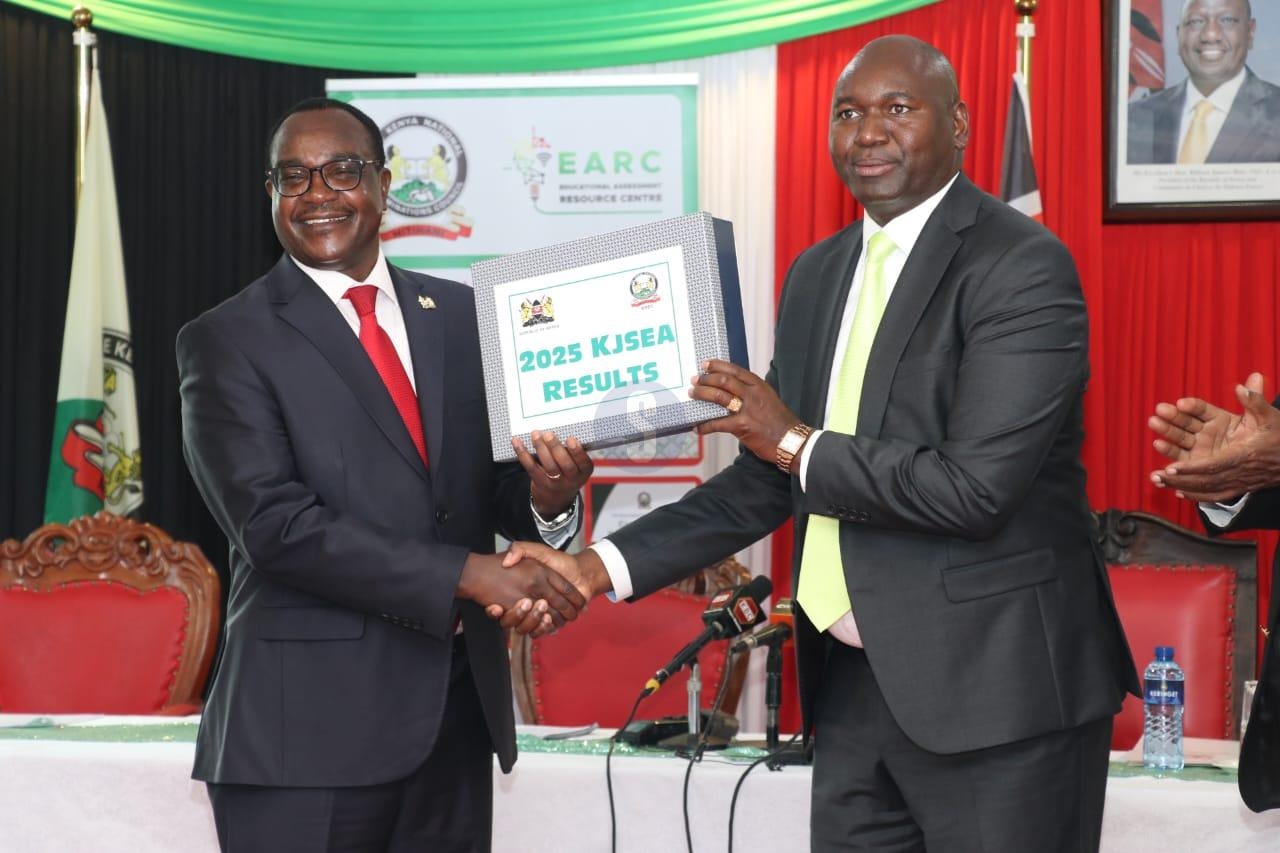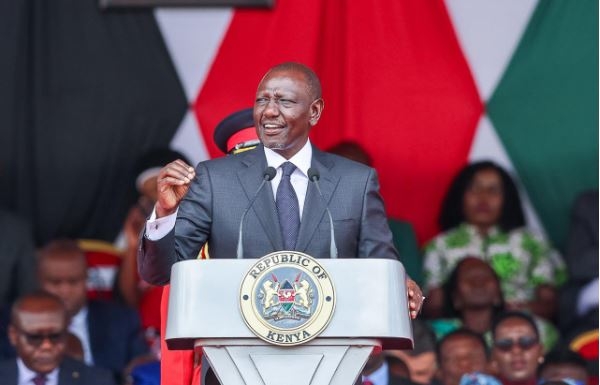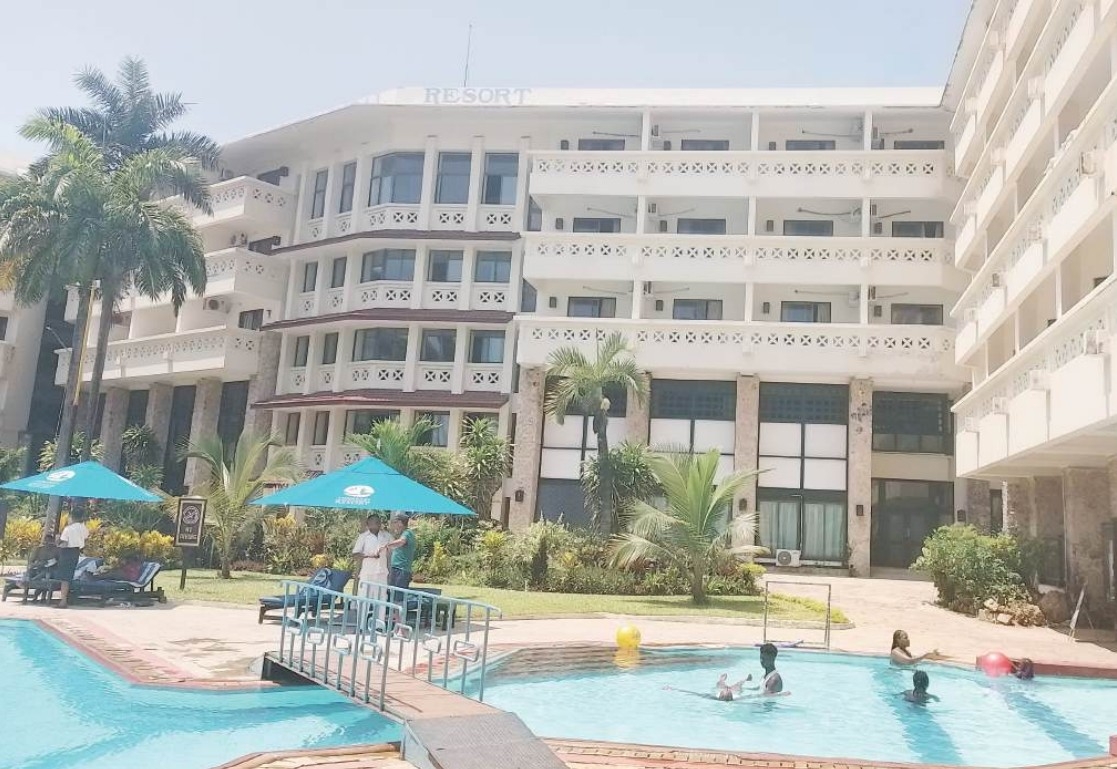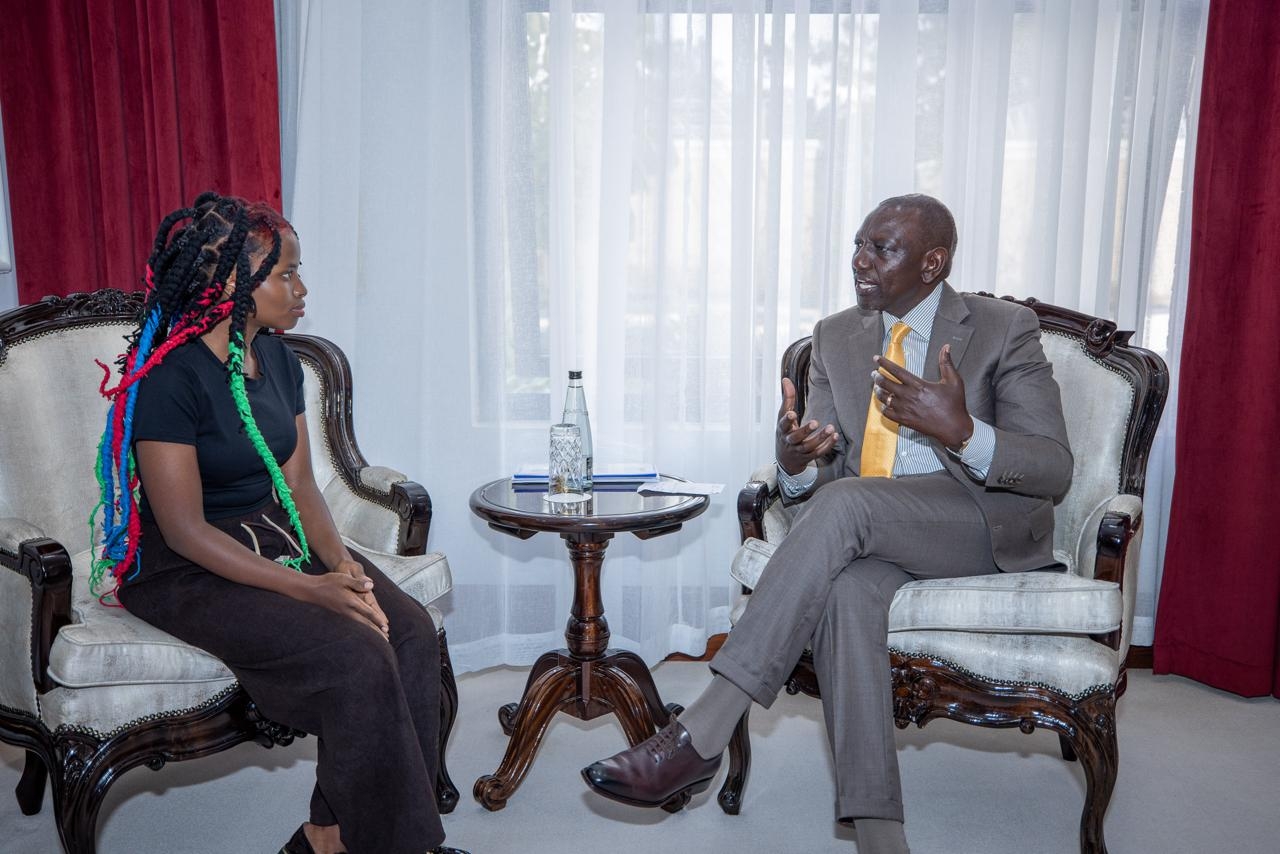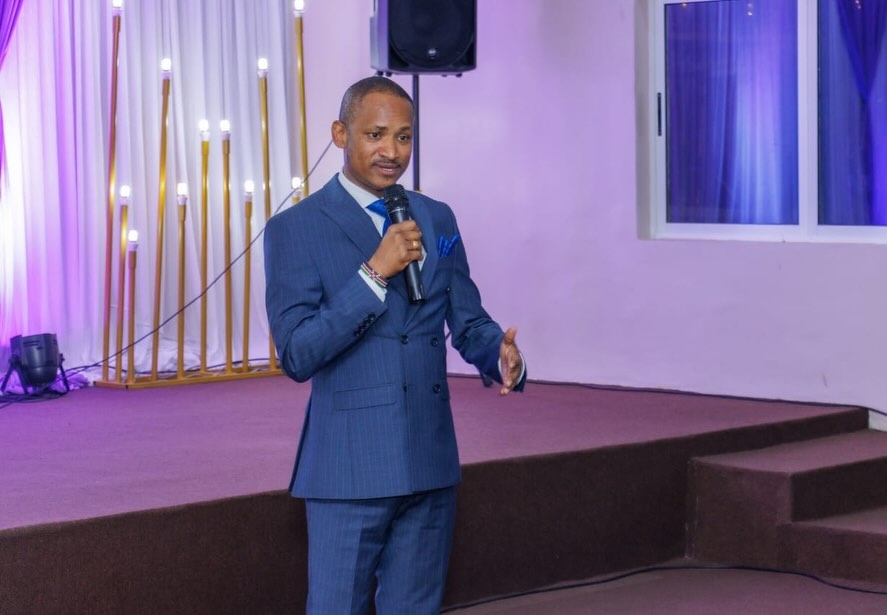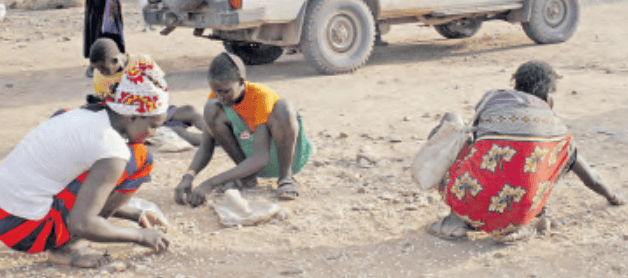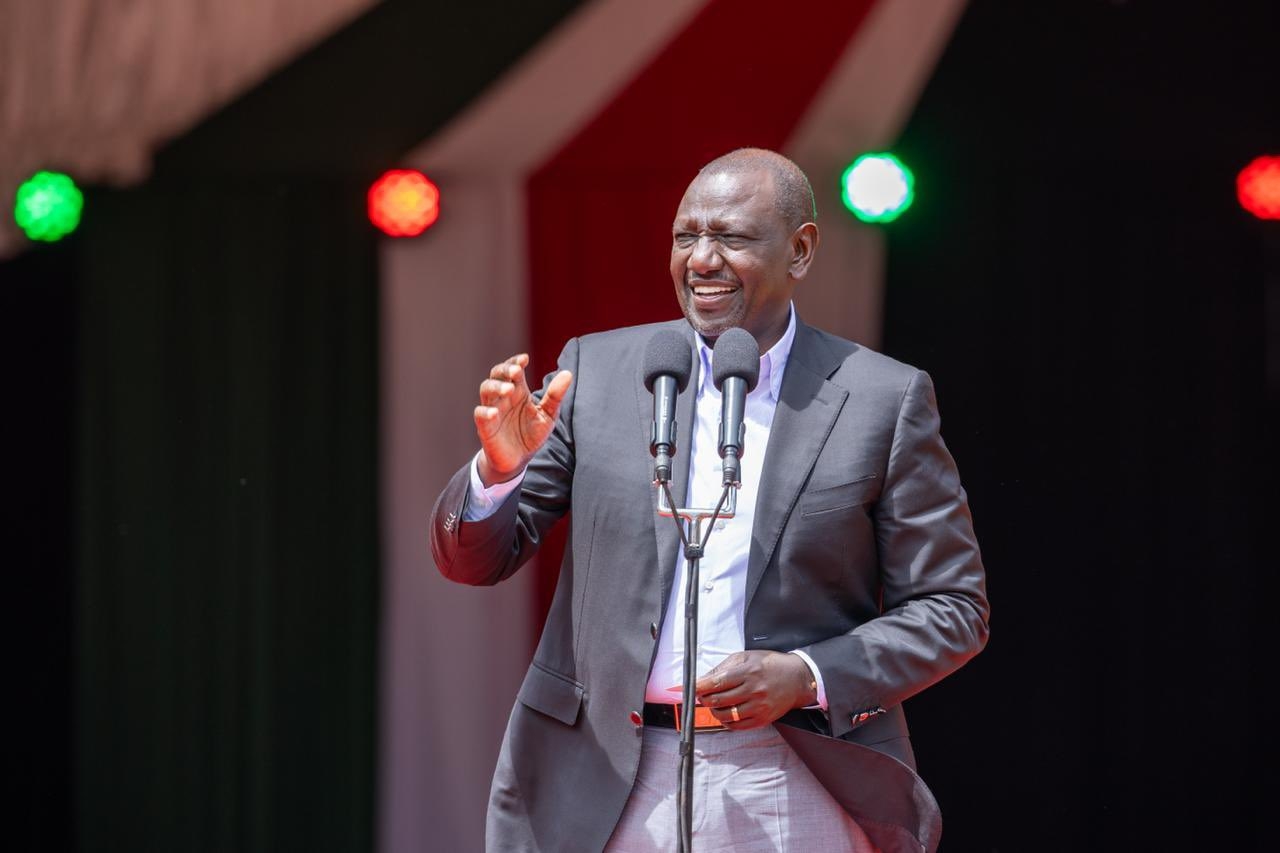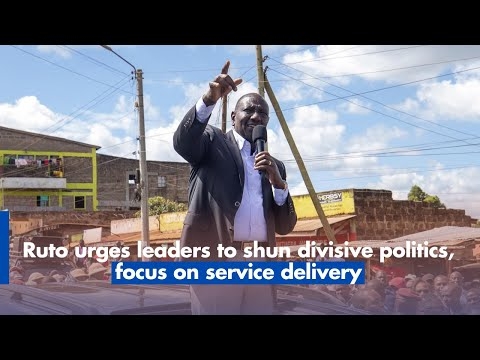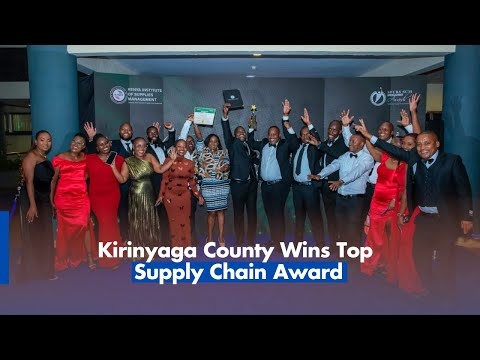
The Kenya Wildlife Service has said that one corporal has been attacked and injured by a rhino.
The Service said that the corporal was attacked while on patrol duty. The service did not, however, disclose where the attack took place.
KWS said with a swift response and support from Sheldrick Wildlife Trust, he was airlifted to Nairobi for medical attention.
“This morning, one of our brave corporals was unfortunately injured by a rhino while on patrol. We responded swiftly, and with crucial support from Sheldrick Wildlife Trust, he was airlifted to Nairobi for medical attention,” KWS said in a statement on X.
“Our thoughts are with him and his family during this time. Kenya Wildlife Service remains deeply committed to the safety of our personnel and the protection of our wildlife.”
KWS is a state corporation mandated to conserve and manage Kenya’s wildlife, and to enforce relevant Wildlife Conservation and Management Act (WCMA, 2013) laws for the Kenyan people and the world.
On its website, KWS said there are a plethora of challenges facing wildlife and biodiversity conservation in Kenya, such as climate change, habitat degradation and loss, forest depletion, tourism market volatility, changing land use, human-wildlife conflict brought on by population growth, and wildlife crime.
Some of the work that KWS does to tackle these challenges includes protecting and managing national parks, reserves, sanctuaries, and marine parks, where wildlife can thrive in their natural habitat, conducting research and monitoring on wildlife ecology, behaviour, population and threats, to inform conservation policies and actions.
They
also provide education and awareness programs to the public, schools,
communities and stakeholders, to promote wildlife conservation and coexistence.
Rescuing
and rehabilitating orphaned or confiscated wildlife and releasing them back to
the wild when possible.
Responding
to human-wildlife conflicts such as crop raiding, livestock predation or
poaching and providing compensation or mitigation measures.
Collaborating with local and international partners such as NGOs, donors, governments and the private sector to support wildlife conservation initiatives.


